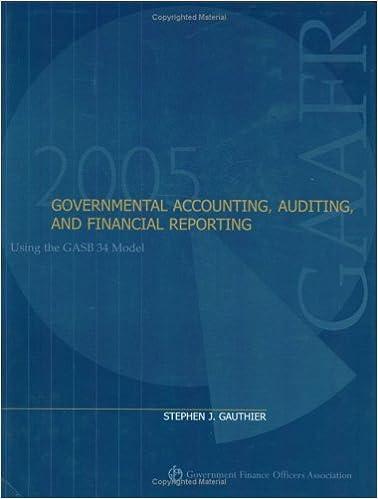Question
1. Under the direct write-off method, which is required by the US Internal Revenue Service for income tax purposes, bad debt expense is recognized when
1. Under the direct write-off method, which is required by the US Internal Revenue Service for income tax purposes, bad debt expense is recognized when a company determines that accounts receivable cannot be collected. US GAAP requires that bad debt expense is recognized using the allowance method. How do these two methods differ with respect to expense recognition and valuation of accounts receivables?
2. Explain how a cost flow assumption such as LIFO is different from a physical flow assumption such as a specific identification inventory tracking method.
3. Why is lower-of-cost-or-market value a conservative approach to valuing and reporting inventory?
4. What costs incurred by and related to plants and equipment should be capitalized?
5. How are unrealized gains and losses on held-to-maturity, trading, and available-for-sale securities reported on the balance sheet and income statement of the company that owns them?
6. Under US GAAP and IFRS, why are assets subject to revaluation, and how does impairment testing lead to a charge against earnings?
Step by Step Solution
There are 3 Steps involved in it
Step: 1

Get Instant Access to Expert-Tailored Solutions
See step-by-step solutions with expert insights and AI powered tools for academic success
Step: 2

Step: 3

Ace Your Homework with AI
Get the answers you need in no time with our AI-driven, step-by-step assistance
Get Started


